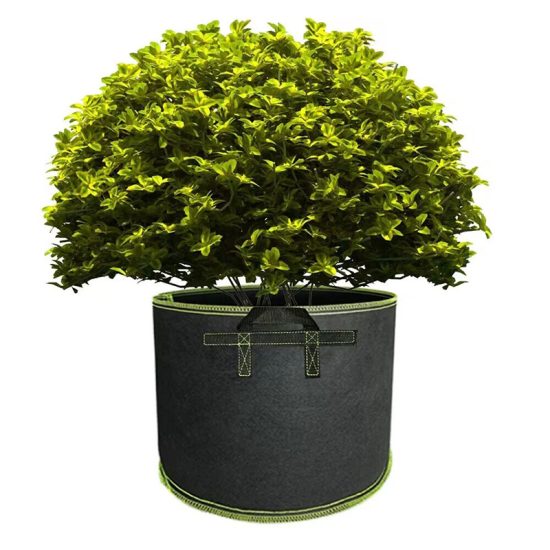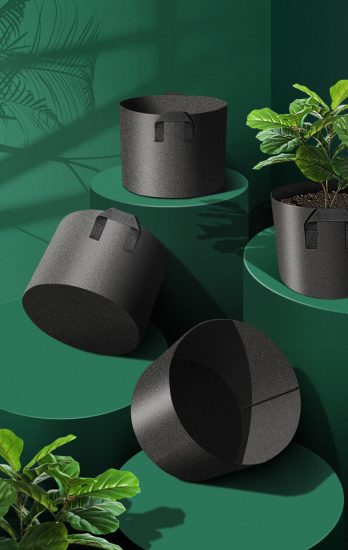There are several types of sandbags available, each designed for specific purposes. Here are some common types of sandbags:
- Traditional Sandbags: Traditional sandbags are made of durable woven polypropylene material and are the most commonly used type. They are often tan or green in color and come in various sizes, typically ranging from 14 to 26 inches in length. Traditional sandbags are filled with sand or other materials and have a tie string or Velcro closure at the opening to secure the contents.
- Military-Grade Sandbags: Military-grade sandbags are designed to meet specific military standards for strength and durability. They are often made with heavy-duty materials and have reinforced stitching to withstand harsh conditions. Military sandbags are typically larger and thicker than traditional sandbags and are used in military training, flood control, and other demanding applications.
- Exercise Sandbags: Exercise sandbags are specifically designed for fitness and training purposes. They are typically made of durable nylon material and have multiple handles or grip options for different exercises. Exercise sandbags often have inner compartments or pockets to hold individual weight bags or sandbag filler bags, allowing for easy adjustment of weight and versatility in training.
- Sandbag Filler Bags: Sandbag filler bags are small bags made of nylon or other durable materials that are used to hold the sand or other filling material inside the sandbag. These filler bags are placed inside the outer sandbag to contain the sand and prevent it from leaking or shifting during use. Using filler bags also makes it easier to adjust the weight of the sandbag by adding or removing filler bags as needed.
- Sandbag Training Kits: Sandbag training kits are comprehensive sets that include a variety of sandbags and accessories to provide a complete sandbag training experience. These kits often include sandbags of different sizes, filler bags, handles, and straps for different exercise variations, and workout guides or instructional materials.
When choosing a sandbag, consider factors such as the intended use, weight capacity, durability, and the specific features that align with your fitness goals. It’s important to select sandbags that are well-constructed and able to withstand the demands of your training regimen.
Note: When filling sandbags, it’s crucial to use clean, dry sand and avoid overfilling to ensure proper weight distribution and minimize the risk of bag breakage.


